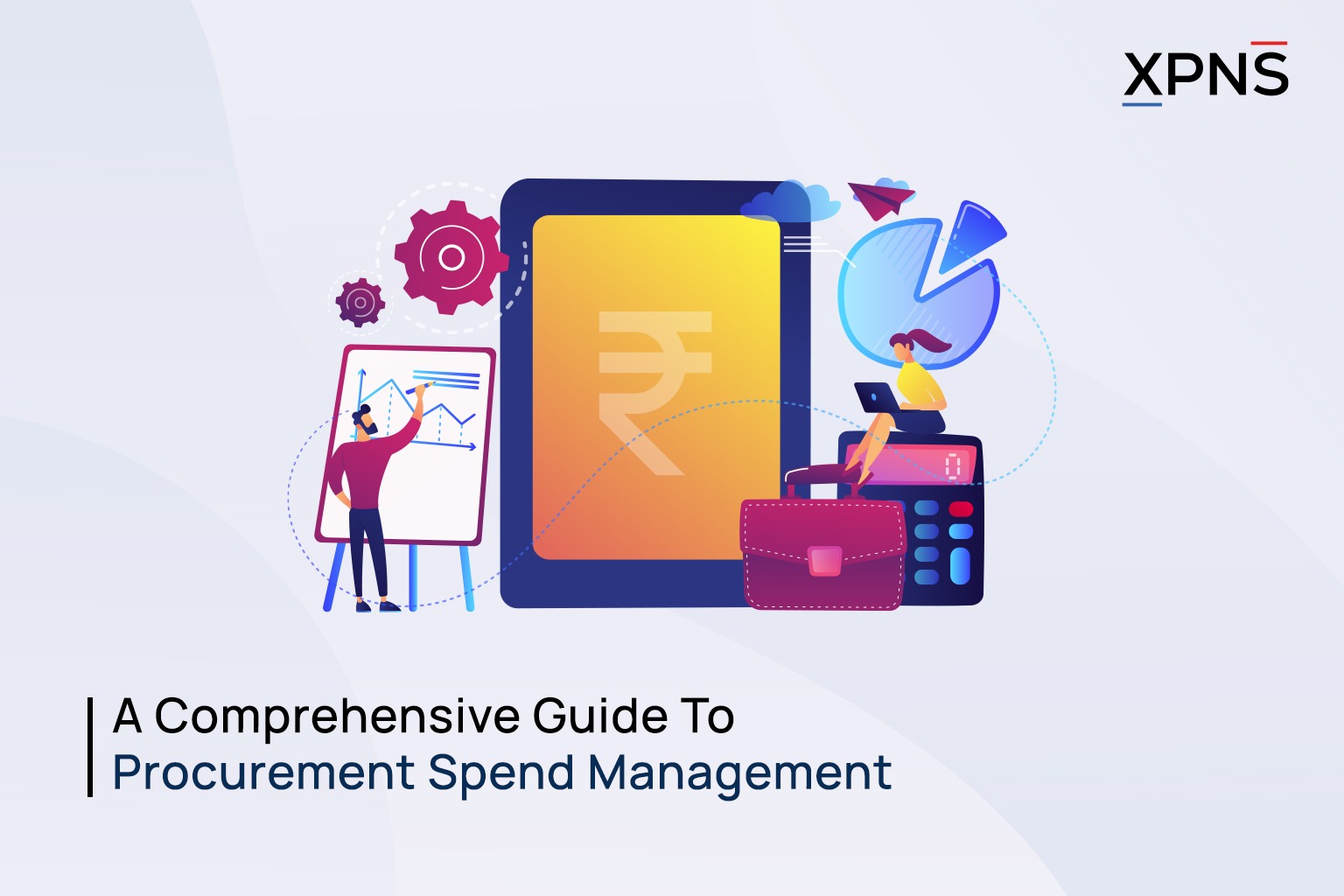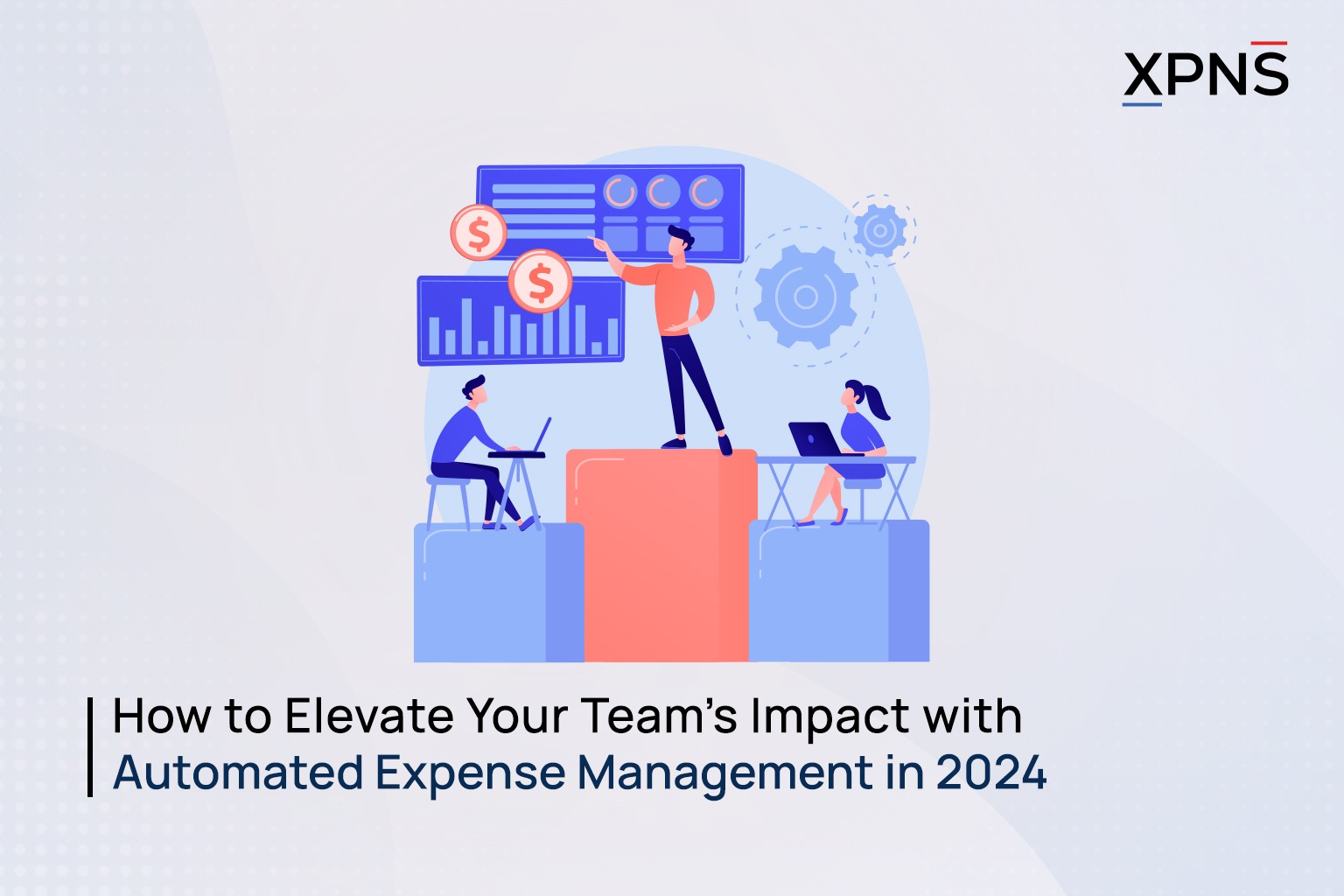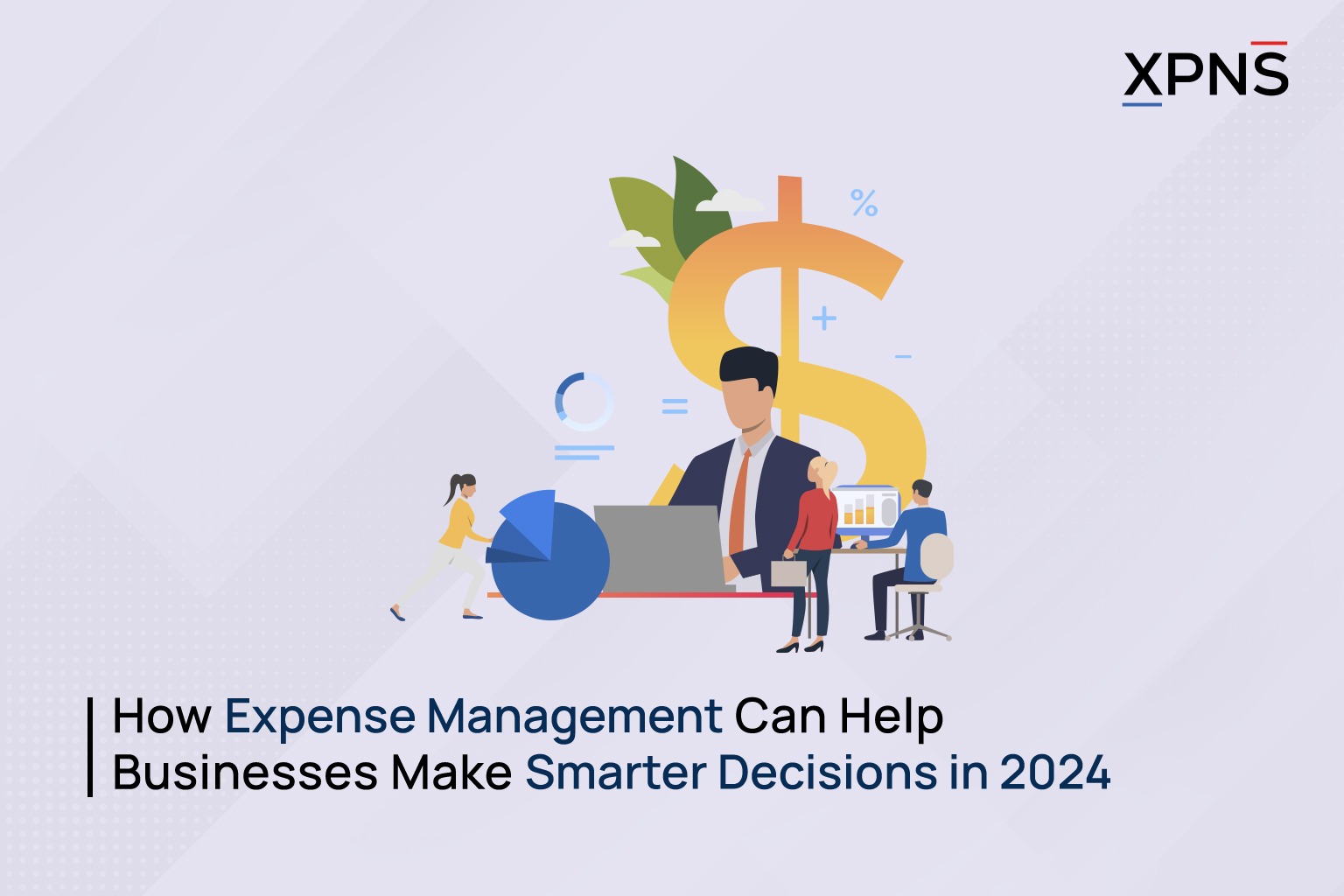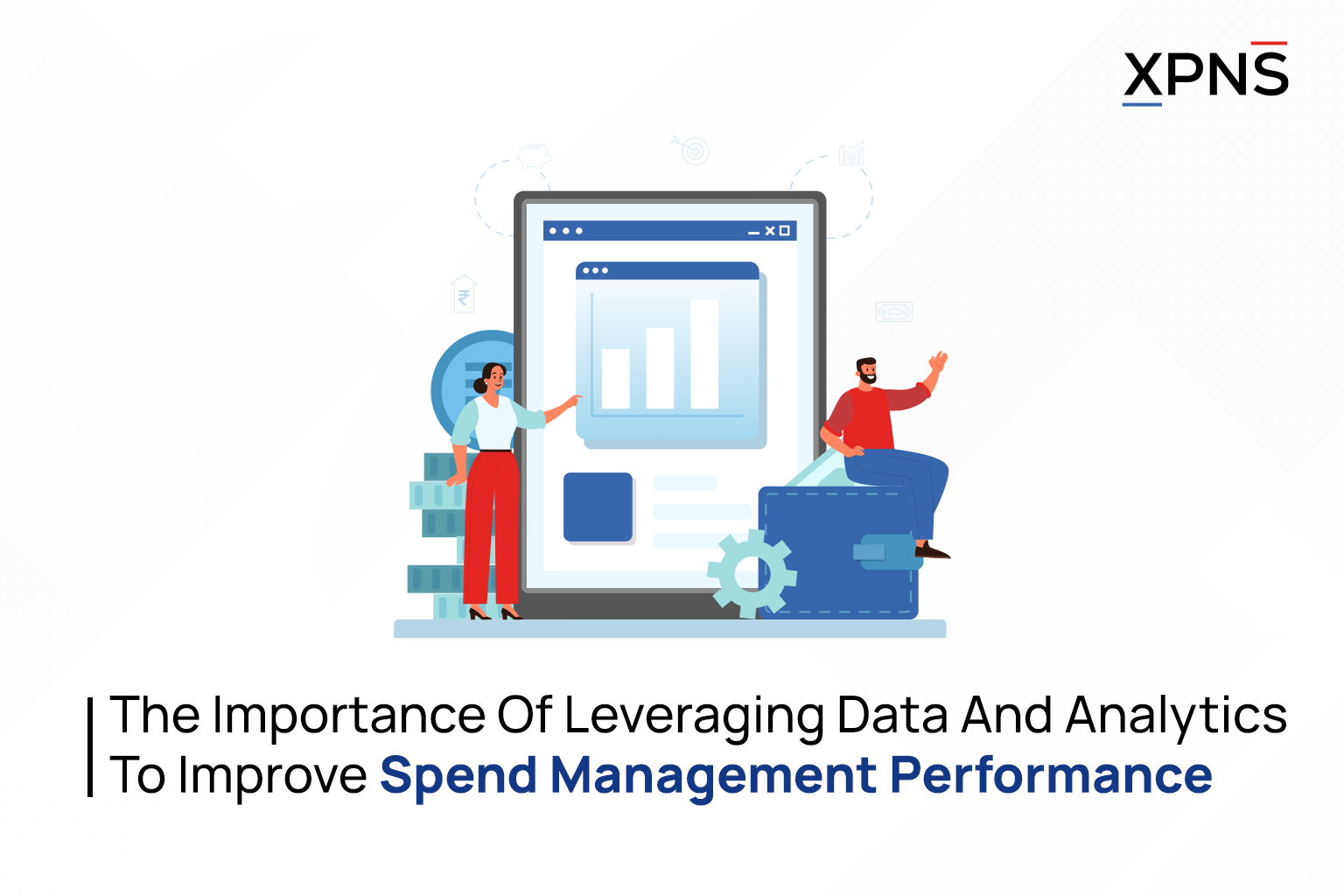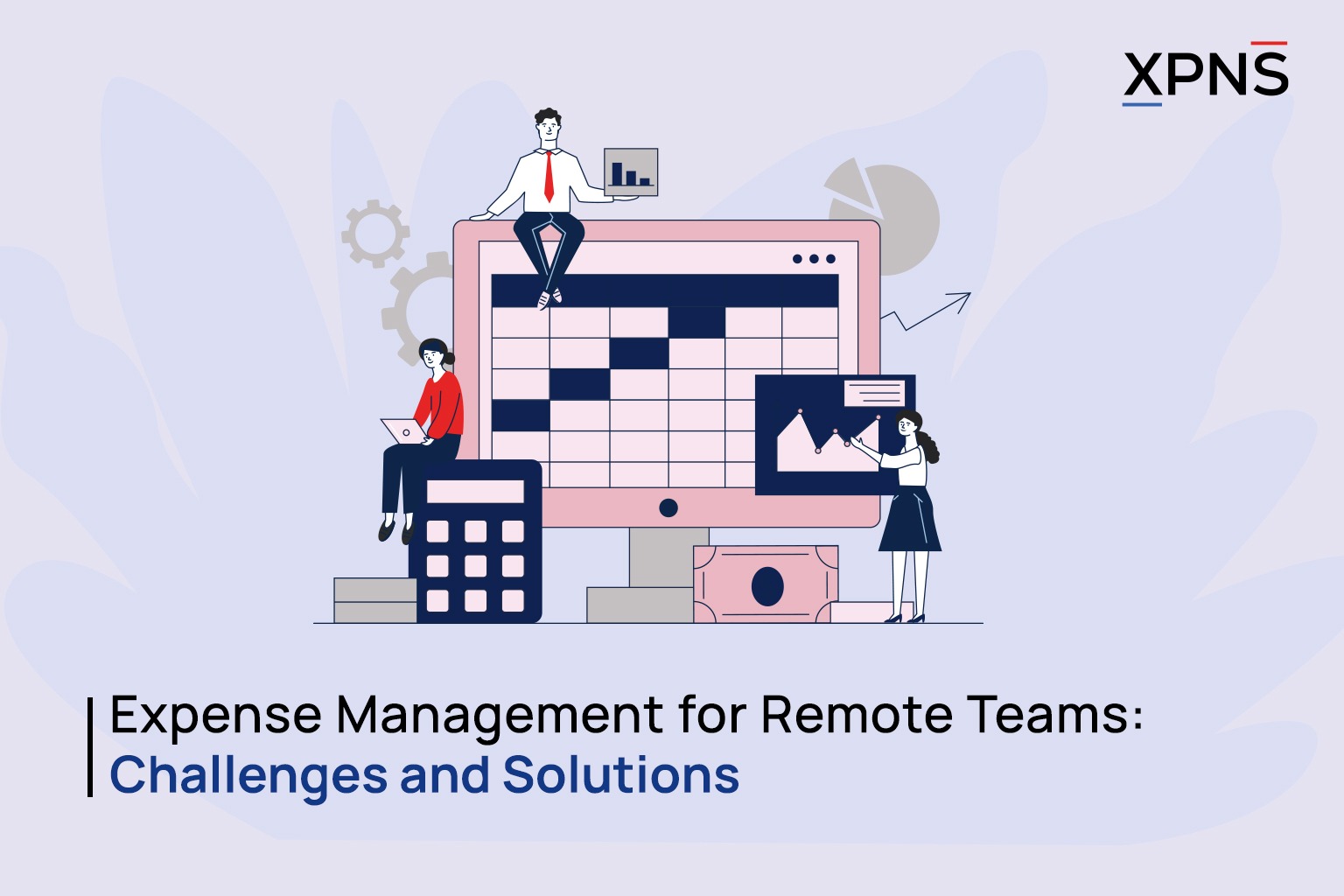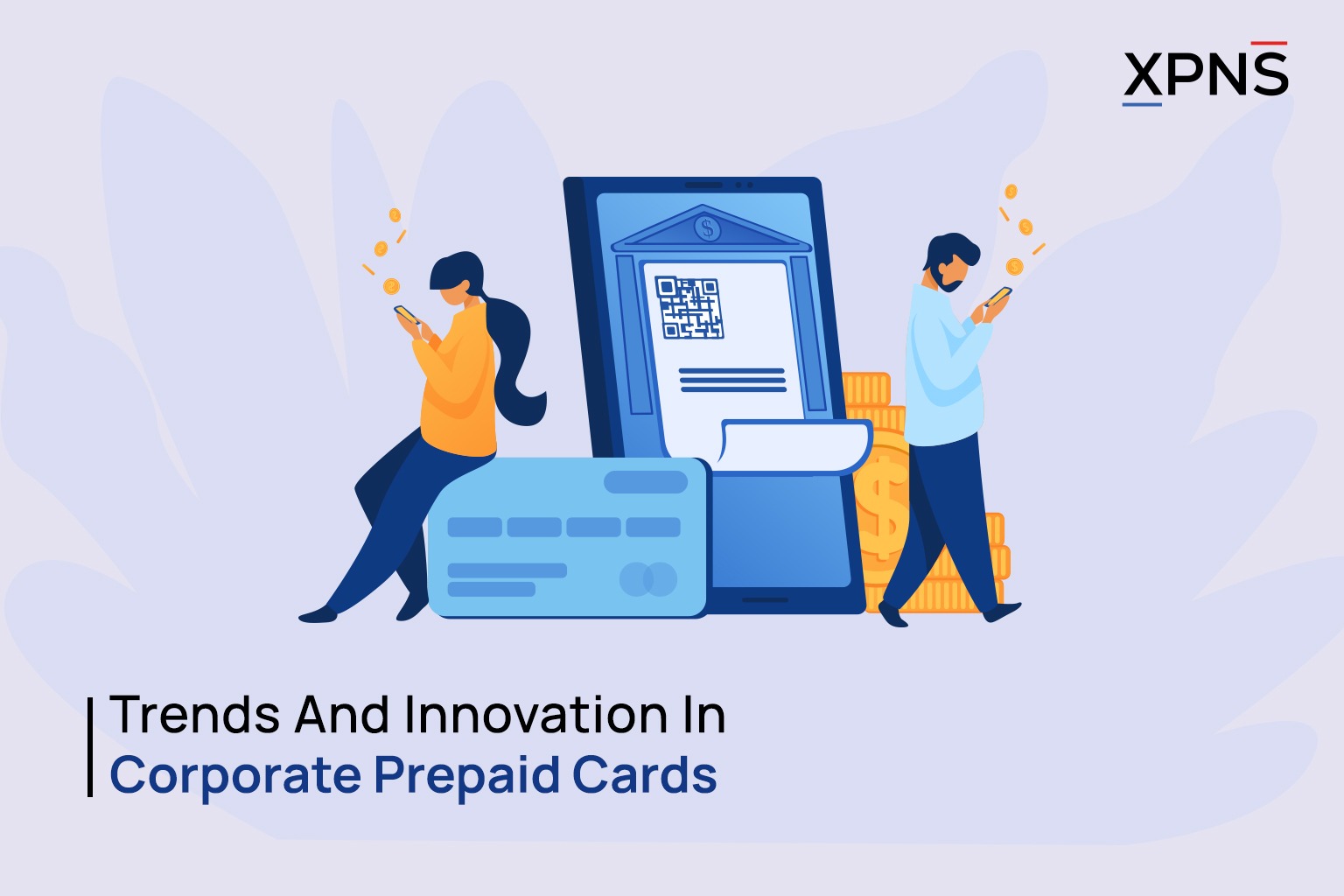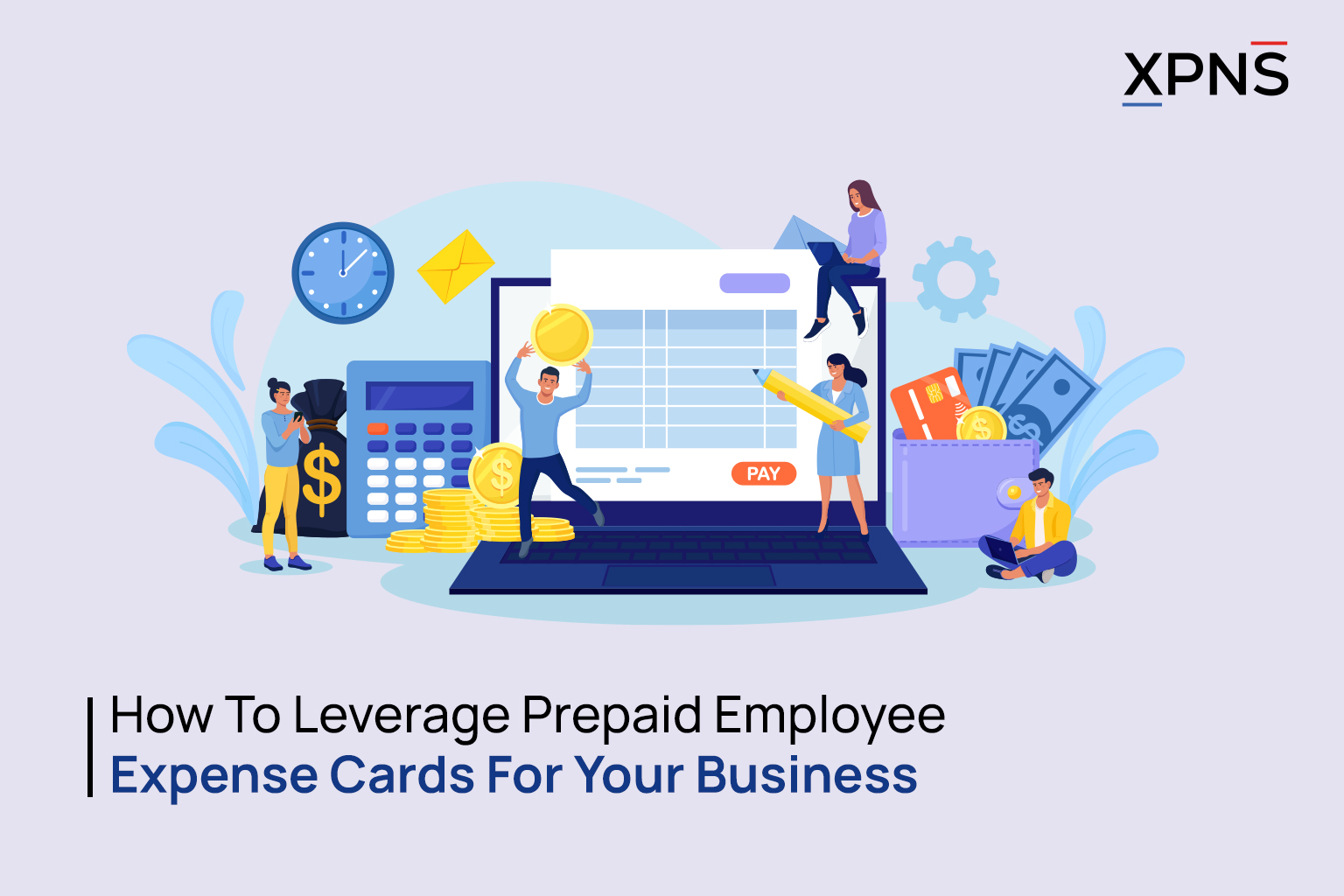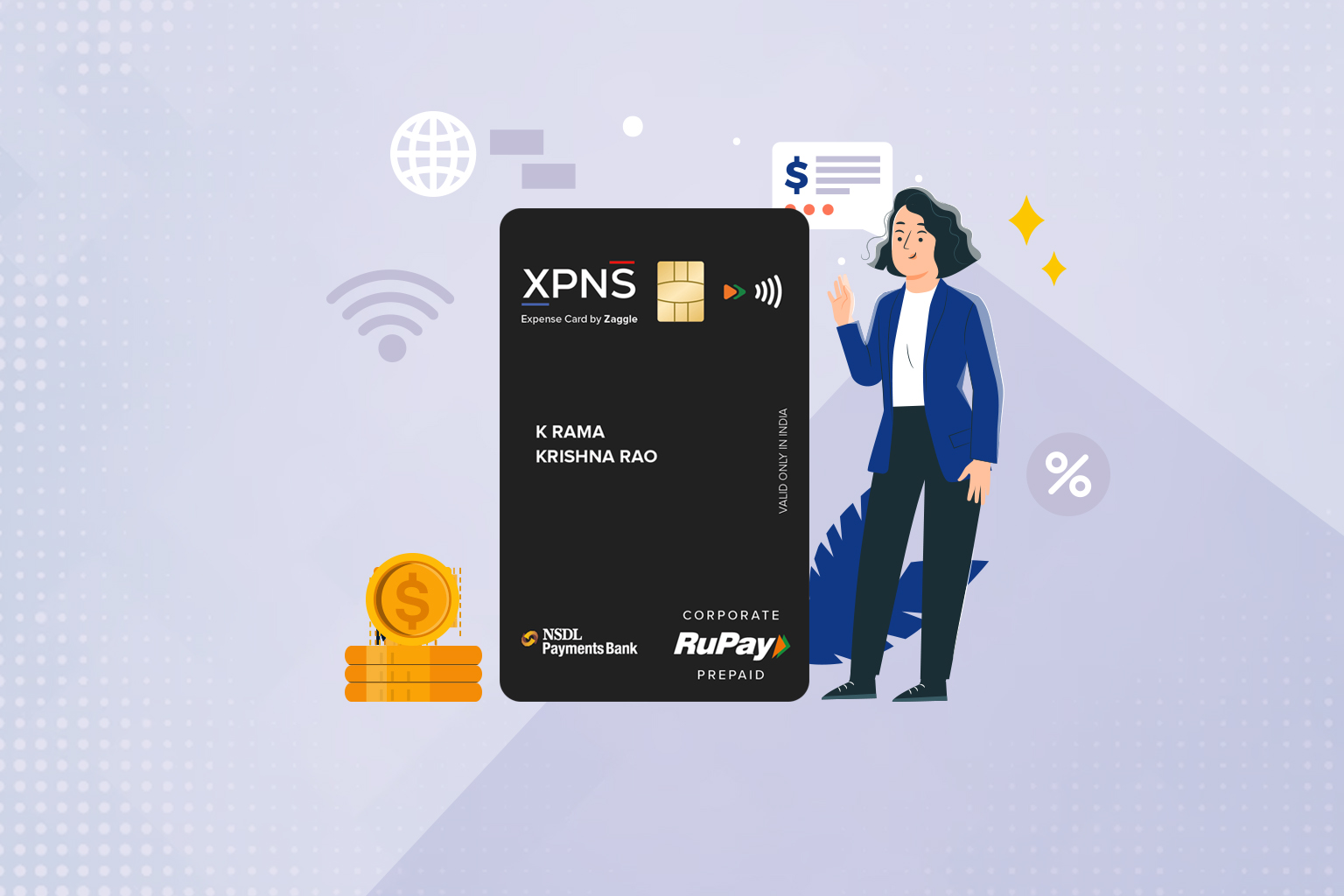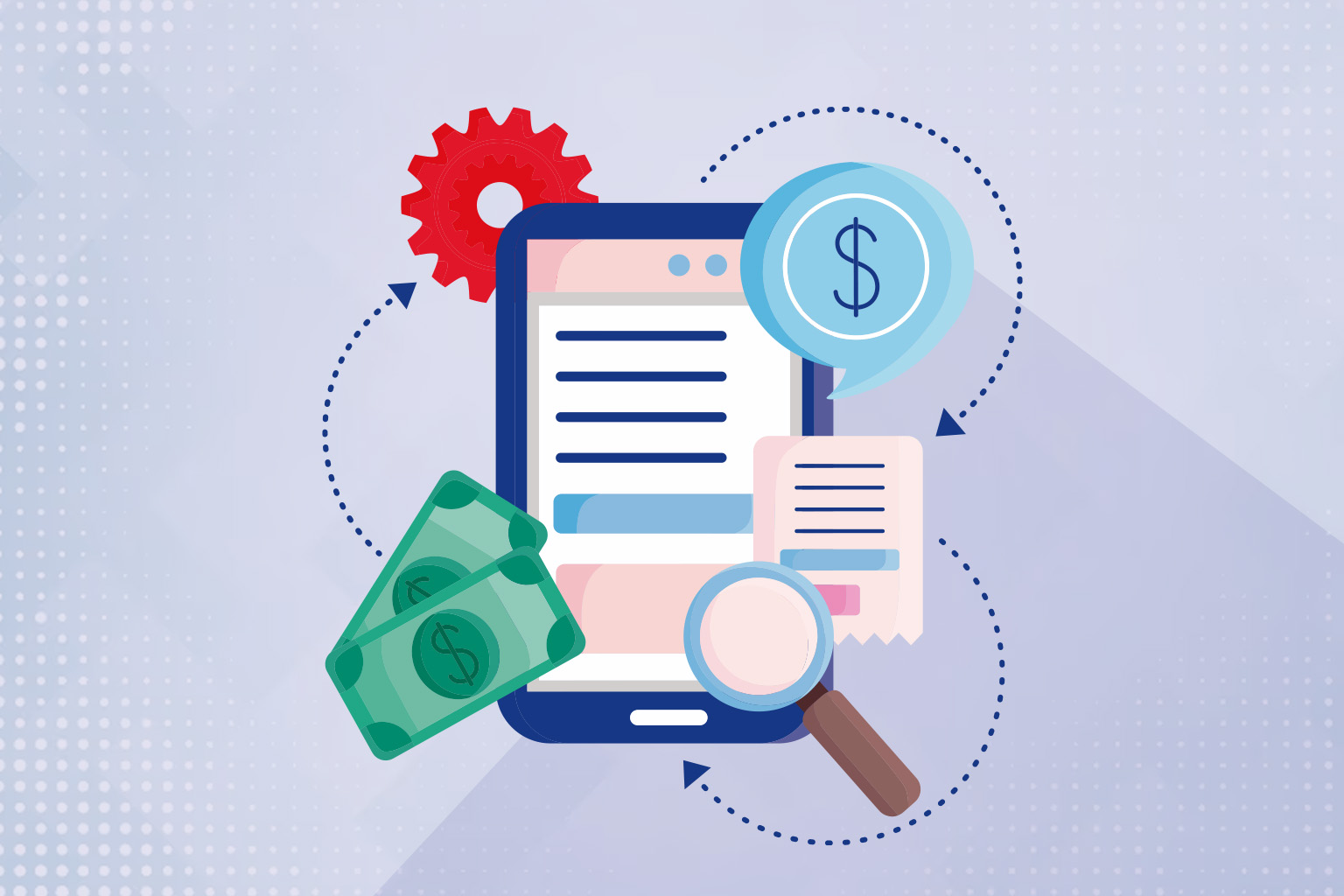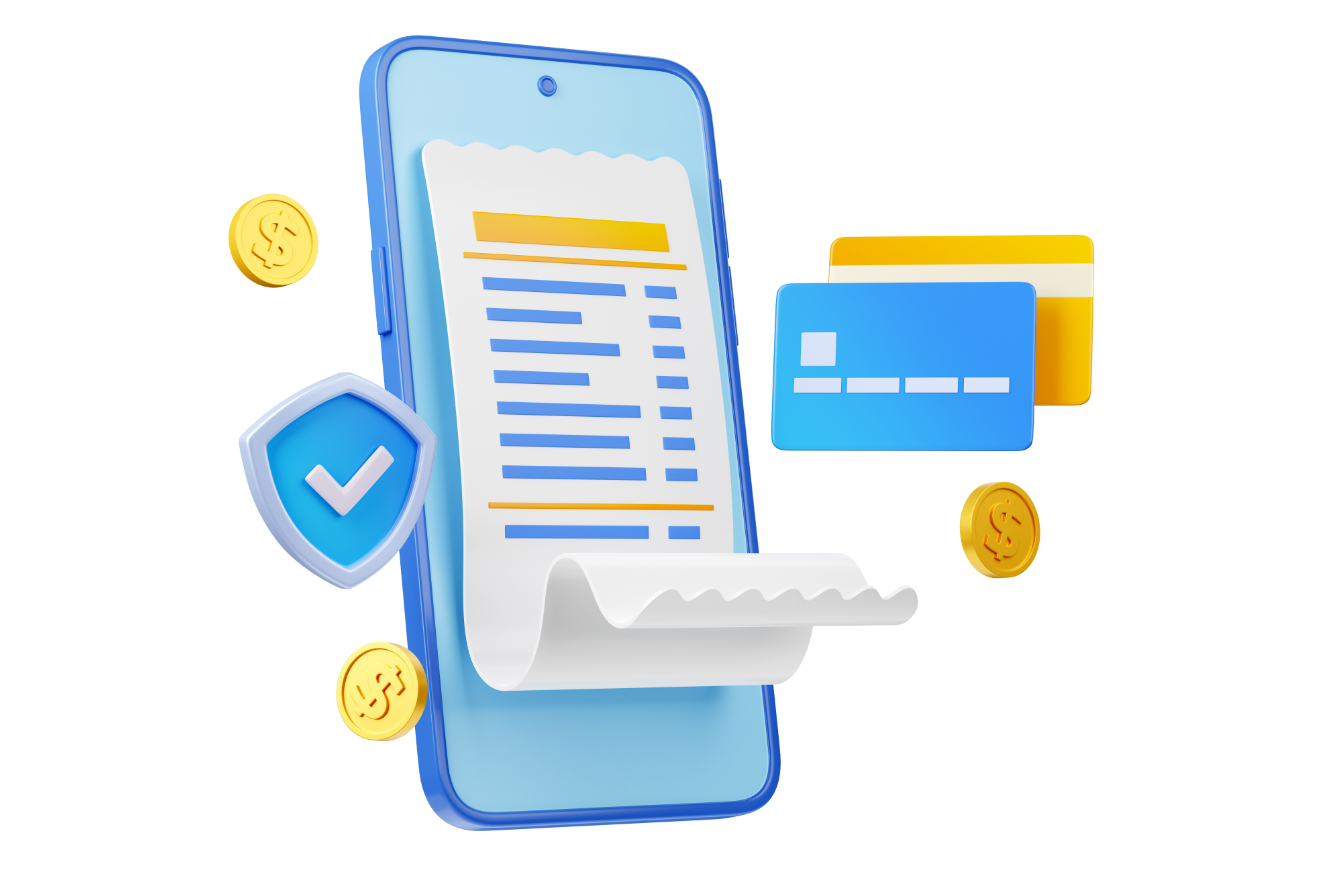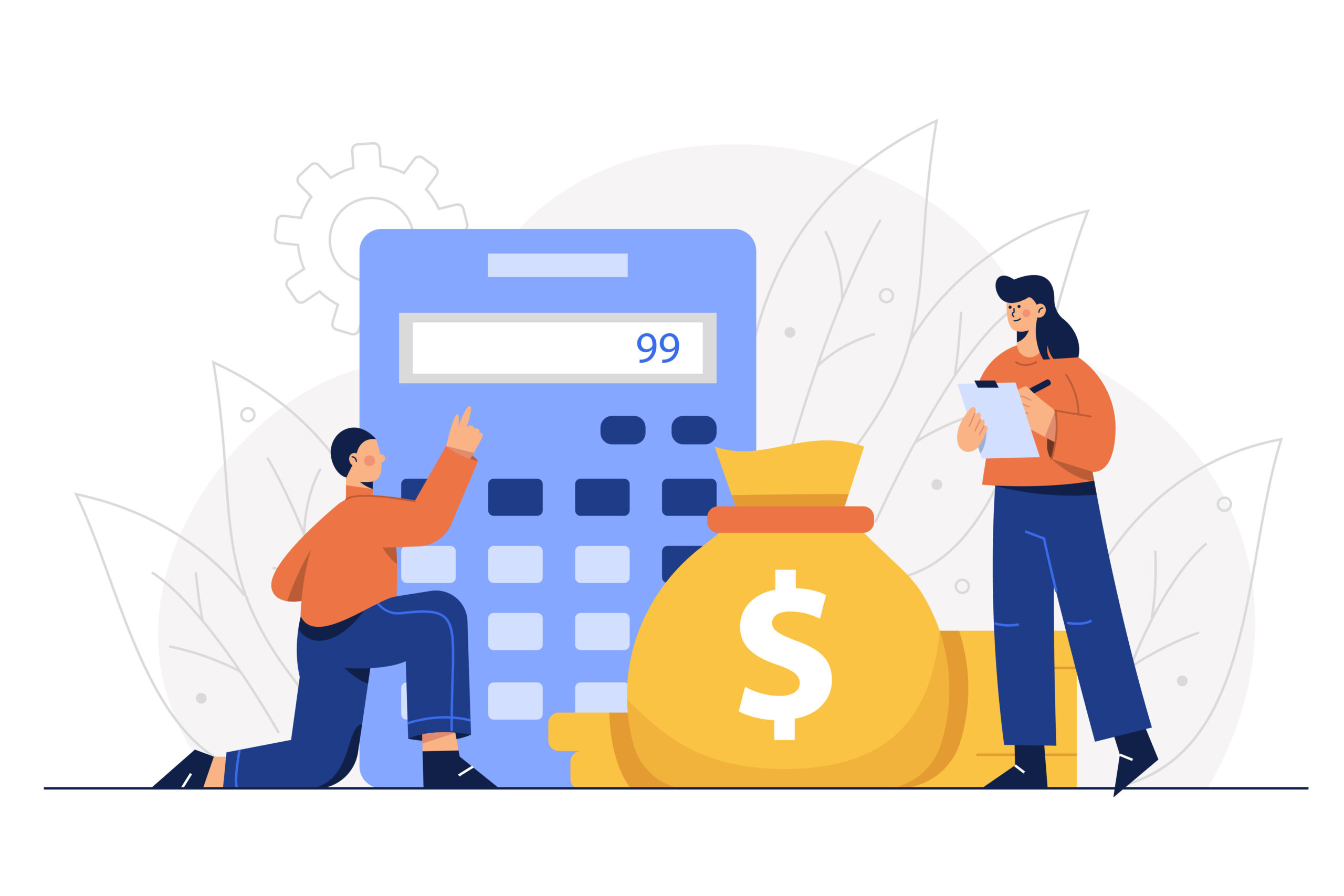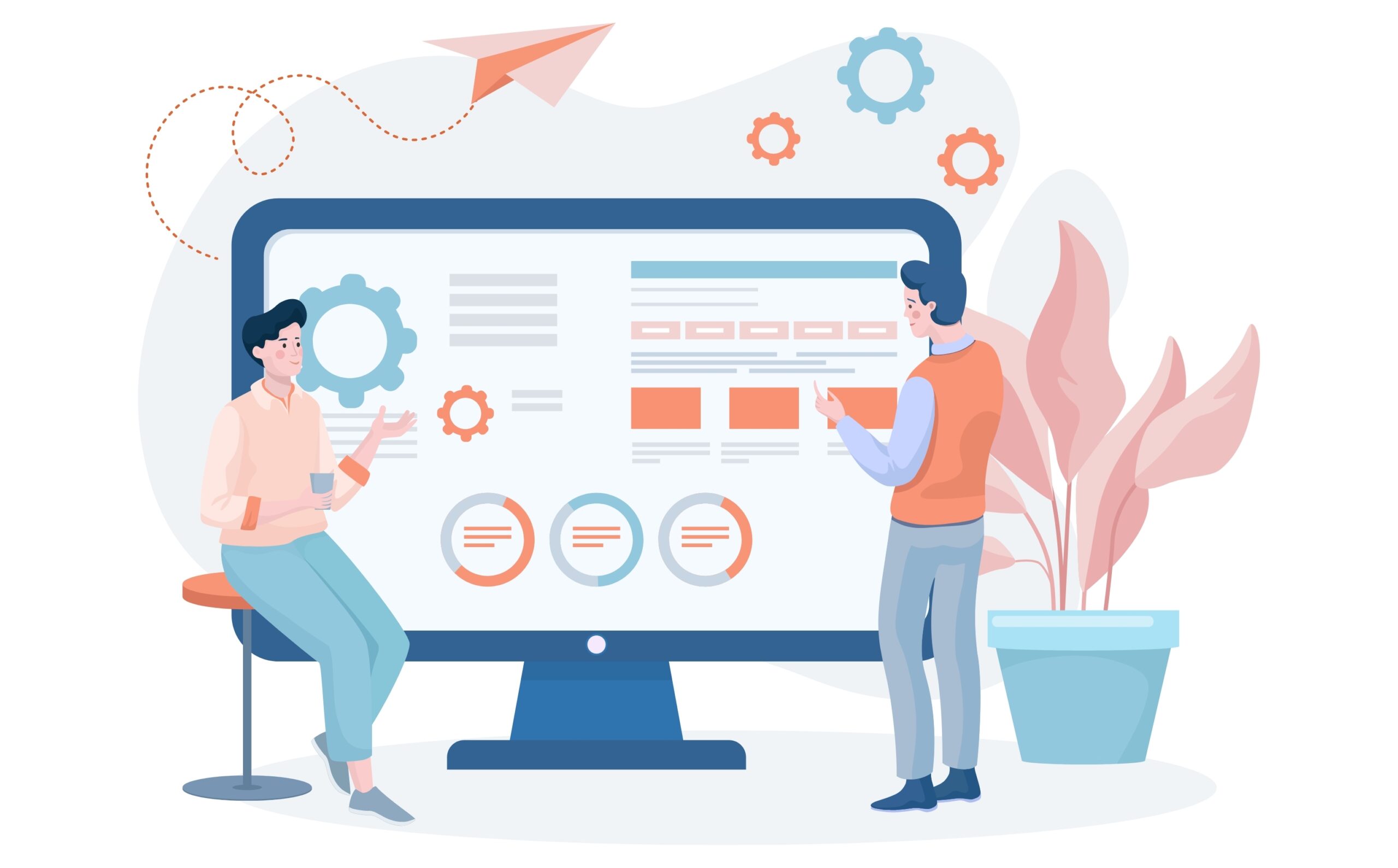Procurement Spend Management Lifecycle
Companies require uninterrupted operations, for which procurement management plays an essential role. It must be structured and devoid of any lapses. Let’s quickly understand the lifecycle of procurement spend management.
Planning the procurement
The first step of the process is to determine your requirements. You can study existing data and make forecasts for future projections to estimate current future order requirements. This is also the stage where you define the specifications of your products or services.
Sourcing for vendors
This is where you go into the market for shopping, loosely speaking. However, you begin by doing a thorough research of available options and request for proposal or information to start the sourcing process.
Negotiating the best contract terms
Once you have a clear idea of expectations vs availability regarding quality, cost, reliability, and innovation, you initiate negotiations to get the best price and favorable terms. This stage requires strong and frequent communication between both parties to properly communicate the shared understanding.
Releasing purchase order
This is the stage where you almost seal the deal by sending a purchase order listing details like product/service details, cost, and terms of the contract. The purchase order will be the document that will serve as the single source of truth for you and the supplier.
Delivery and review of purchase
Based on your purchase order, the supplier will send goods or services along with an invoice and receiving document to legitimize the procurement. It is a critical step in the procurement spend management process where you validate products received, invoice details, and purchase order specifications. These three must match to the tee.
Clearing invoices with expedited payment
After a thorough examination and validation of the invoice, you can process the same for payment disbursal. Quite a few companies delay clearing invoices, which impacts the trust of the vendor in the organization. You must pay the dies without violating the deadline to avoid risking your brand reputation.
Document the invoice and foster a relationship
Procurement spend management doesn’t end with paying off the vendor. It is only the beginning of what could be a mutually beneficial and rewarding partnership. If you want to maximize your vendor’s value by optimizing the cost, supplier relationships will take you a long way. To avoid any unpleasant occurrences or misunderstandings, it is important to record all the documents like purchase orders and invoices.
Conclusion
Today businesses rely on vendors as much as on customers for sustainable growth and profitability. It ultimately makes procurement spend management a critical part of the overall expense management strategy. As discussed earlier, companies will need a robust spend management solution like XPNS, a DIY expense management platform designed to help small and medium-sized businesses centralize their entire expense-related data for better monitoring, planning, and optimization. Some of the core features of XPNS are:
- Scan information from an invoice using AI-based OCR technology
- Use real-time analytics to identify cost-saving opportunities
- Access integrated prepaid cards to manage your corporate expenses.
Learn more about XPNS here.



















